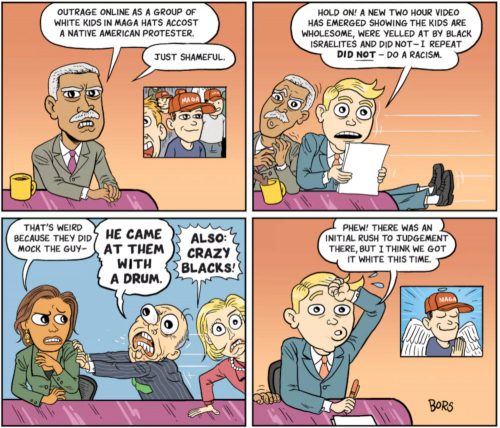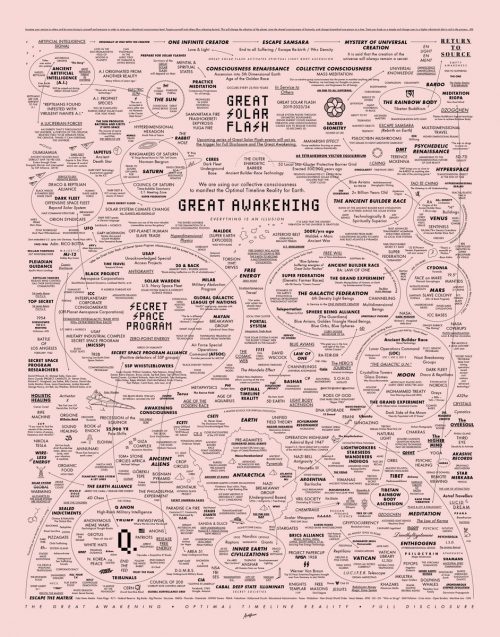A tentative agreement has been reached to reopen the government, without funds for a border wall. That’s a clear victory for the good guys.
Trump has been frantic on the Twitter machine, insisting on his wall, and freaking out over Roger Stone’s arrest. His next tweetstorm will be…interesting.
Meanwhile, get those workers paid!







